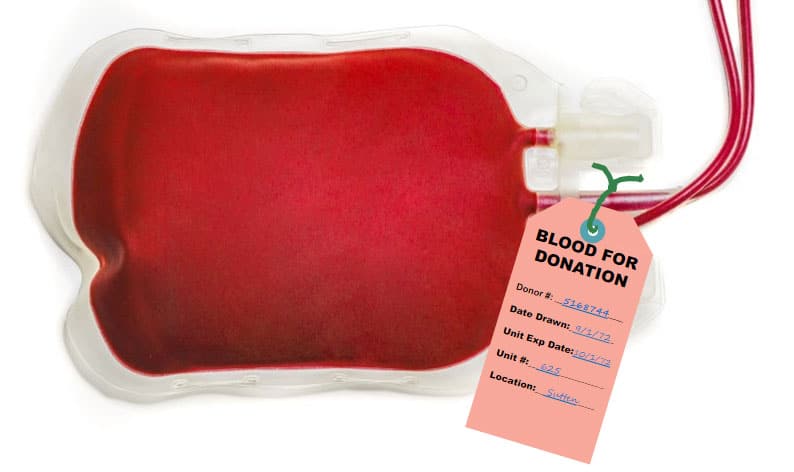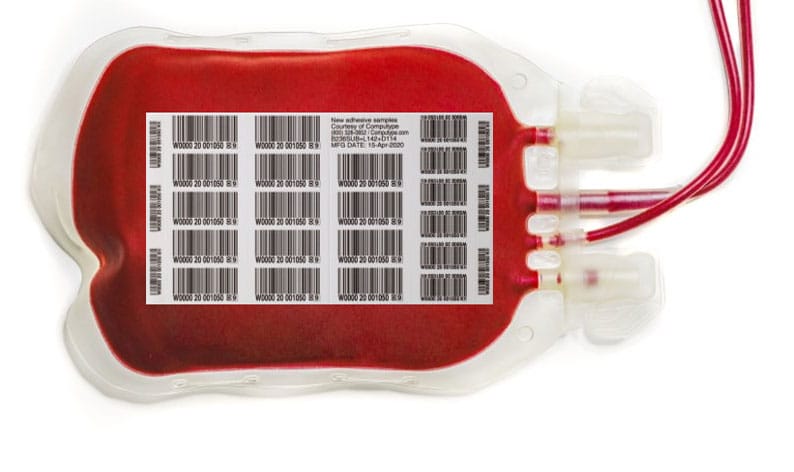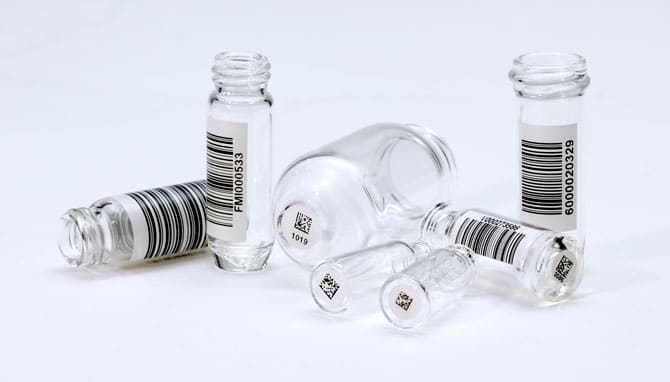Automation plays an important role in many labs, adding value in the worlds of storage, liquid handling, and even labeling. Many labs have already embraced this advancement of technology and are now moving towards integrated solutions that unite manual and automated workflows – and for good reason.
It’s undeniable that laboratory automation provides both tangible and intangible benefits to individuals and organizations. Automating processes can increase quality and throughput while decreasing cycle time and downtime, allow for unmanned operations, and reduce labor. Moving to automation also provides opportunities to update and improve outdated workflows to boost efficiency and eliminate repetition. By allowing technology to pick up the slack, scientists can focus on their work, improving moral, boosting retention, and reducing the budget needed to hire, onboard, and train new employees.
Automation can also reduce errors. Computerized and “smart” machines track data, so that you can measure production closely, find and fix problems quickly, and adjust to demands in real time.

Samples in Consumable Labware
When looking to implement automation into your laboratory, it’s worth considering its potential impact on samples in transit that are held in consumable labware.
For your samples to make the journey successfully, they need to be uniquely identifiable. Antiquated methods like hand labelling with a Sharpie are labor-intensive and run the risk of human error. When precision is paramount, sample identification needs to be accurate and traceable. Let’s explore the pitfalls of manual labeling and imagine a future marked by efficiency, accuracy, and unparalleled insight into the world of scientific exploration.
Understanding Unique Identification
Unique identification can be transformative. Imagine your laboratory as a space where every item is assigned a code that is not only unique but also machine-readable. The blood donation industry is a prime example; the tracking and documentation of blood have been revolutionized thanks to the Donation Identification Number (DIN) serving as a globally unique identifier. This is a huge step forward from the hand-labeling this industry relied on in the 1970s.


Blood labeling 1970s
Blood labeling today
Planning for Unique Identification
The things that matter most to you deserve to be uniquely identified. If you’re keen to introduce this into your lab or across multiple organizations thoughtful planning is required.
Here are just a few of the things to consider:
Representation
What does the unique identifier represent – an assay plate, an individual sample, or a container? Clarity and unambiguity are essential.
Persistence and Resolvability
A unique identifier should persist and be resolvable, allowing users to easily retrieve detailed information about the identified item, such as test results or specific data.
Physical Placement
Consider how the unique identifier will be physically attached to the item.
Opacity
Decide whether the unique identifier will be opaque or transparent.
Creating and Maintaining Unique Identifiers
Once you’ve considered the different options available, it’s time to understand how you can create and maintain unique identifiers. At Computype, we’ll look at the creation process, sequence management, and scope of uniqueness while tailoring a solution that meets your needs. With over 45 years of experience, we’re well-placed to determine the size and opacity of your unique identifiers so that machine readability is ensured. Unlike handwritten identifiers, machine-readable formats, such as barcodes, ensure not only accuracy but also efficiency in data processing.
The journey towards machine-readable unique identification can transform lab operations. By offering seamless integration and traceability, machine-readable and unique identifiers will undoubtedly shape the future of data management and research.
Janzen W, Admirand E, Andrews J, et al. 2019. Establishing and Maintaining a Robust Sample Management System. SLAS Technology. 24(3): 256-268.

